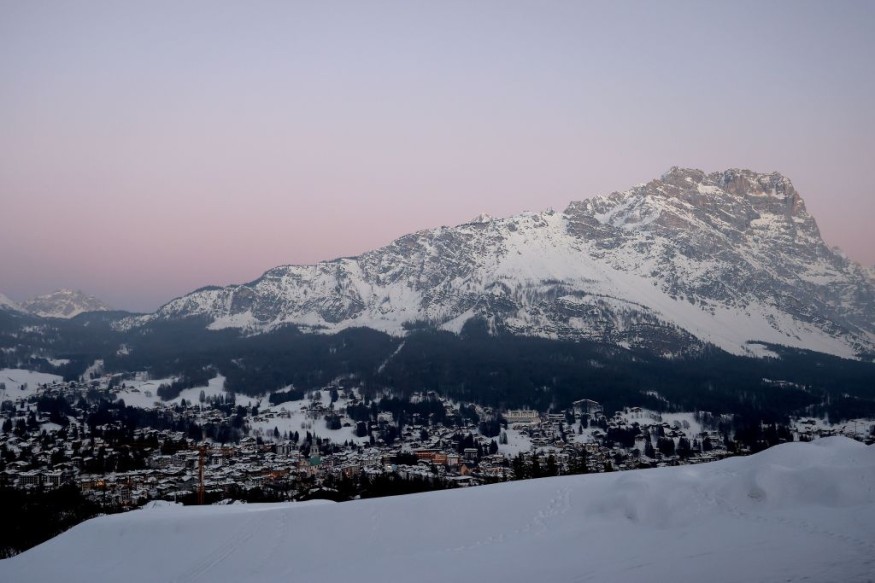Global warming has been a cause for a concern, especially with the impact it has had on melting glaciers and the harmful effects on many ecosystems worldwide. However, there are rare instances when melting ice uncover things long thought lost.
When a glacier on Mount Scorluzzo gave way to reveal a hidden mountain shelter, used by Austrian soldiers during one of the harshest frontlines of WW1.
Mount Scorluzzo and the White War

At the start of WW1, Italy formally declared neutrality. However, tensions with Austria-Hungary over adjacent territories (such as Dalmatia and Trentino-Alto Adige), made it easier for the Allies to win it over to their side.
And thus open conflict began around 1915, with the most notorious battles taking place high up in the mountains. This was the site of the infamous White War, where soldiers on both sides waged costly battles both against each other and against the chilling, high-altitude wilderness of the Alps.
Battles were waged using tunnels and caves connected to the usual trenches. And even then, getting supplies was still a logistical nightmare for commanders and a living nightmare for the Austrian troops stationed to defend key holding positions.
It was not just humans either. Pack animals were also enlisted to help transport heavy equipment and bulky weapons (including mortars and machine guns). By the end of the war, roughly 400,00 Austrians and about 600,000 Italians died on this mountain front. To date, it has been estimated that hundreds of their bodies could still be out there, frozen amidst the glaciers.
The newly discovered cave appeared to be a barracks holding artifacts that painted clear pictures of life on this side of the war. These included wooden shafts to prevent collapse. Remains of ammunition, bottles and canned rations were also found. Lastly, they had even discovered a few frozen bodies, most likely from soldiers who died sick from the horrible conditions.
Melting glaciers and war memorials
Today, life on Scorluzzo had generally mellowed out. The warming brought about by climate change has arguably made conditions more passable high up in the peaks. Farm animals and villagers walk about, appearing as if war had never happened here.
In reality, however, many parts of Scorluzzo and other areas of the White War are still littered with the remains of its unforgiving skirmishes. Pieces of heavy armaments, barricades and even cableway structures have remained untouched and abandoned.
If such things had been placed today, environmentalists would rightly call it out for dirtying and defacing sensitive mountain ecosystems. (Indeed, the impact of global warming on the Alps has negatively affected both its natural wildlife and local agriculture.)
But for local historians and curators of the White War museum, these are reminders of a terrible time that should never be repeated. Every discovery (like the one found from the melting glacier) is an opportunity to tell the story of the countless men who were forced to march up the frigid slopes, all with the terrible weaponry and violence of early 20th century warfare.
© 2025 NatureWorldNews.com All rights reserved. Do not reproduce without permission.





